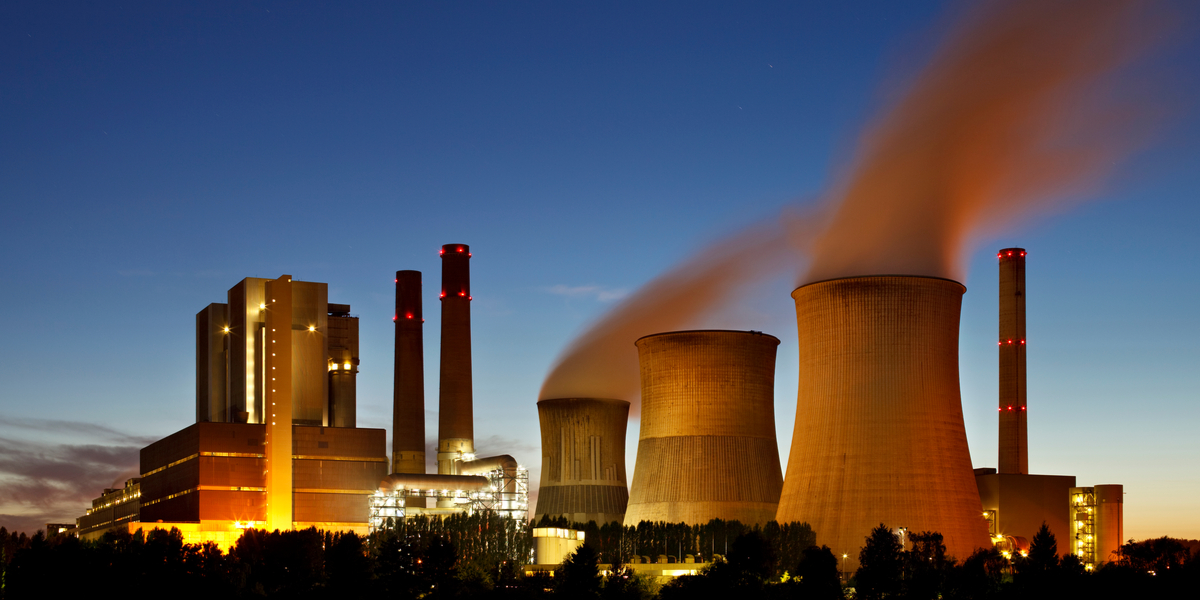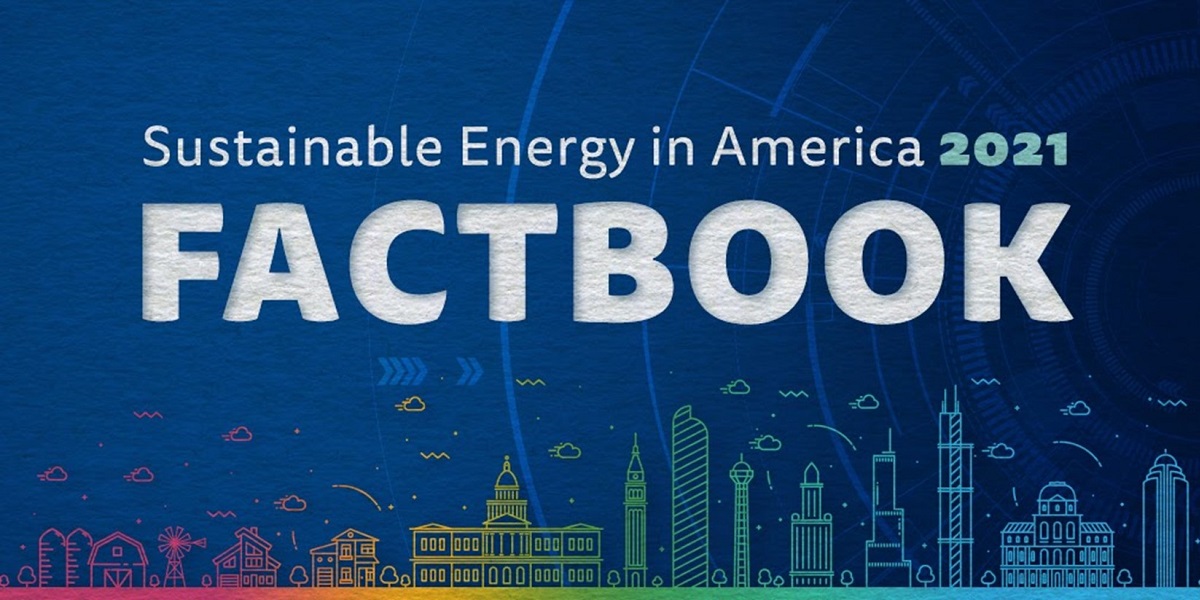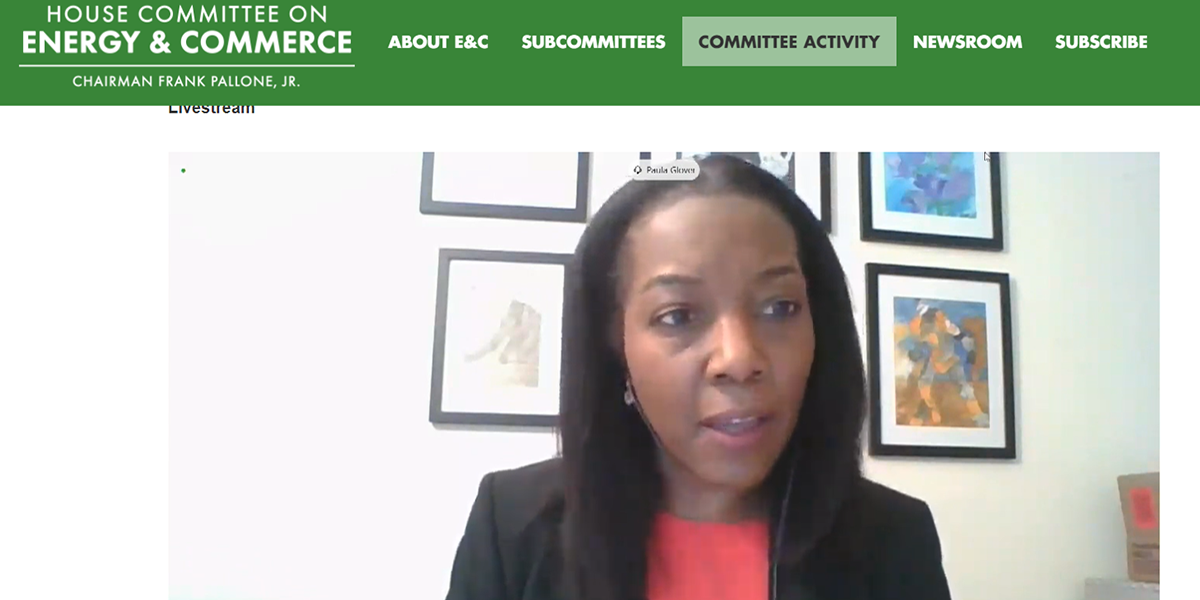EIA Crunches Data on Clean Power Plan
Let's Save Energy
Alliance to Save Energy's Blog
EIA Crunches Data on Clean Power Plan

Every year since 1997, the U.S. Energy Information Administration (EIA) has released its Annual Energy Outlook, with projections about the main factors impacting the future of energy markets. The forecasts are meant to provide a basis for examination and discussion, and serve as a starting point for analyzing potential changes in U.S. energy policies, rules and regulations.
In August 2014, Representative Lamar Smith (R-Texas), Chairman of the House Committee on Science, Space, and Technology, requested an EIA analysis of the Environmental Protection Agency’s (EPA) proposed Clean Power Plan (CPP). EIA responded to the request, and using the 2015 Annual Energy Outlook as a starting point, published the Analysis of the Impacts of the Clean Power Plan report last week to address some of the questions raised by Chairman Smith.
Impacts
According to EIA data, how would the CPP impact U.S. emissions from existing power plants? The agency found emissions would decrease up to 35 percent below 2005 levels by 2025, exceeding the stated CPP goal of a 30 percent reduction by 2030. That being said, EIA also warned against a potential uptick in power plant emissions after 2025, and recommended extending policies past 2030 for maximum impact on emissions reduction. CO₂ emissions could fall 45 percent below 2005 levels by 2040 if the rule was subsequently extended.
The Role of Energy Efficiency
Energy efficiency is considered one of four main “building blocks” or compliance pathways for the CPP as proposed by EPA. While efficiency will play a role throughout the implementation period of the rule, it will become increasingly significant as 2030 approaches and states switch from coal-fired generation to natural gas-fired generation.
Energy Costs
Critics of the proposed rule often cite rising energy prices as a major concern of implementation. However, EIA found the implementation of efficiency programs would offset any changes in energy cost due to a decrease in overall usage:
“Electricity expenditures also generally rise with Clean Power Plan implementation, but expenditure changes are smaller in percentage terms than price changes as the combination of energy-efficiency programs pursued for compliance purposes and higher electricity prices tends to reduce electricity consumption relative to baseline.”
While the Alliance has no comment on appropriate emissions limits and stringency of the final rule, we support the recognition and crediting of energy efficiency as a compliance pathway. Even though the EIA report is just one set of data to consider leading up to the finalization of the CPP rule, it does help confirm the benefits of states using energy efficiency to meet its requirements.
RECENT BLOG POSTS
STAY EMPOWERED
Help the Alliance advocate for policies to use energy more efficiently – supporting job creation, reduced emissions, and lower costs. Contact your member of Congress.
Energy efficiency is smart, nonpartisan, and practical. So are we. Our strength comes from an unparalleled group of Alliance Associates working collaboratively under the Alliance umbrella to pave the way for energy efficiency gains.
The power of efficiency is in your hands. Supporting the Alliance means supporting a vision for using energy more productively to achieve economic growth, a cleaner environment, and greater energy security, affordability, and reliability.



